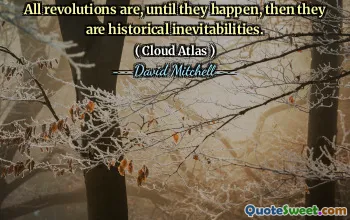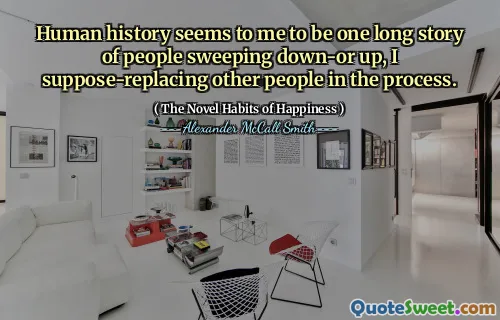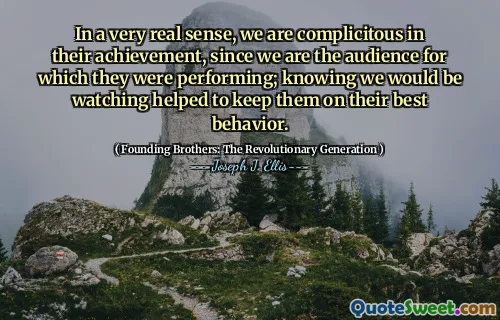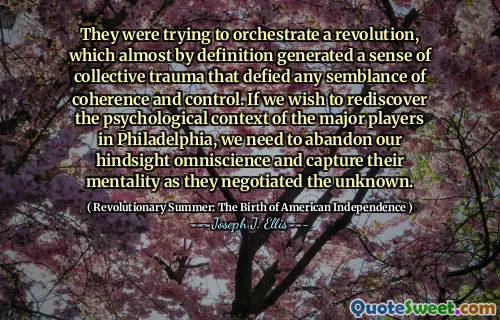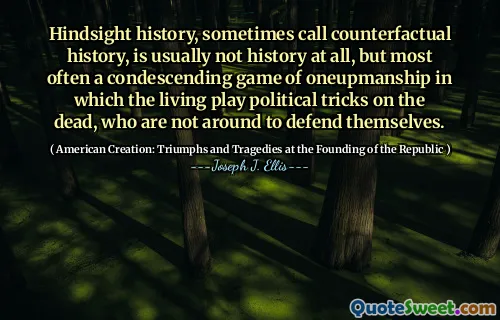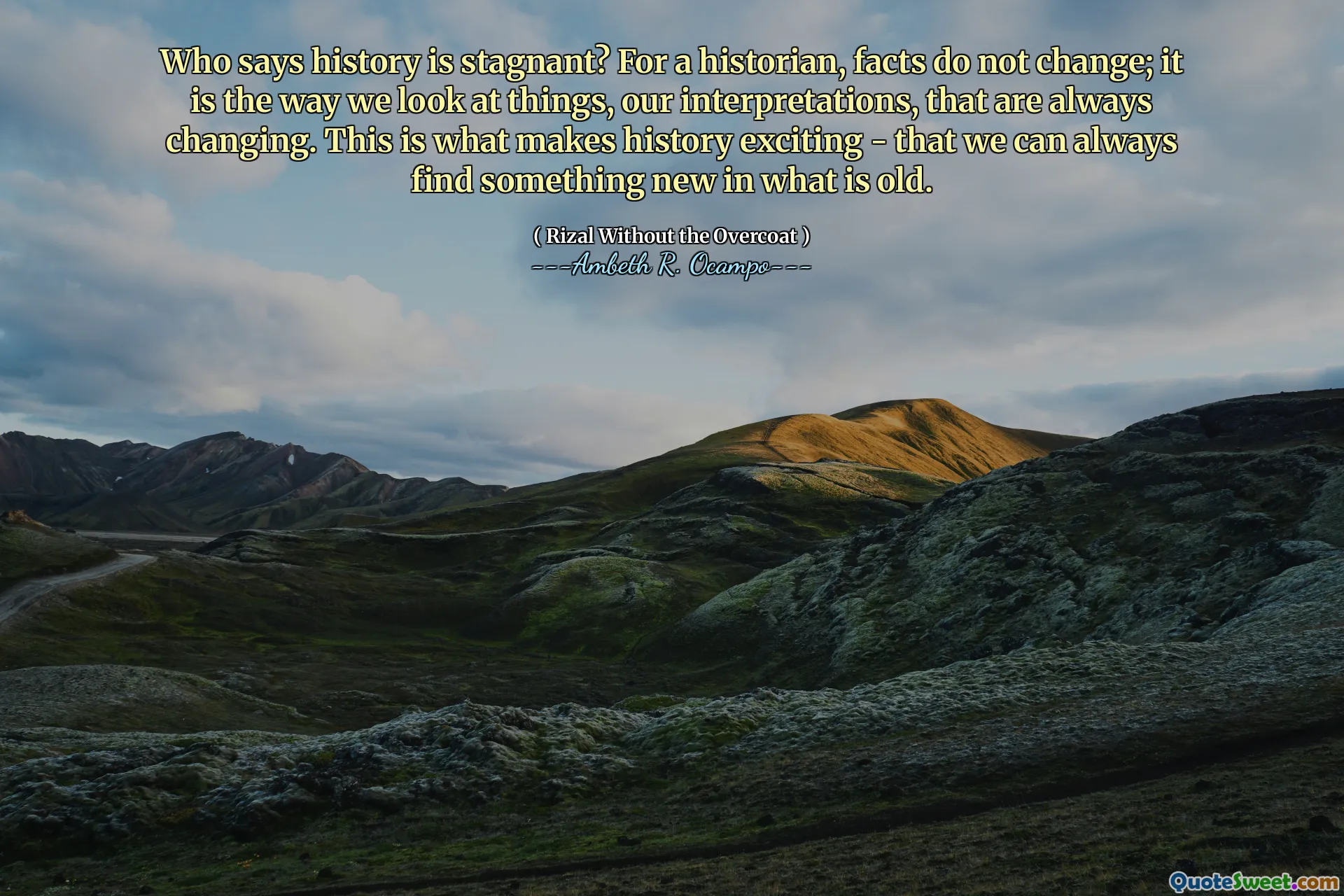
Who says history is stagnant? For a historian, facts do not change; it is the way we look at things, our interpretations, that are always changing. This is what makes history exciting - that we can always find something new in what is old.
History is often perceived as a fixed narrative, a static collection of facts detailing what has transpired. However, this perspective overlooks the fluidity inherent in how we interpret these facts. As Ambeth R. Ocampo highlights, the core facts of history remain constant; what evolves are our perspectives, biases, and understanding over time. Each new discovery, context, or societal shift can cast old events in a new light, revealing nuances previously unnoticed. This dynamic nature of historical interpretation fuels a perpetual curiosity, encouraging historians and enthusiasts alike to revisit the past with fresh eyes. It underscores the importance of critical thinking and openness to alternative viewpoints, emphasizing that history is as much about storytelling as it is about factual accuracy. Our interpretations shape the narrative we construct, influence cultural identity, and inform future decisions. When we appreciate that history is not a fixed story but an ongoing dialogue, it becomes more engaging. It invites us to question established narratives, acknowledge multiple perspectives, and recognize that history's richness lies in its interpretative diversity. This viewpoint fosters a mindset where history becomes a living dialogue — one that evolves with us, constantly challenging and enriching our understanding of who we are and where we come from.

